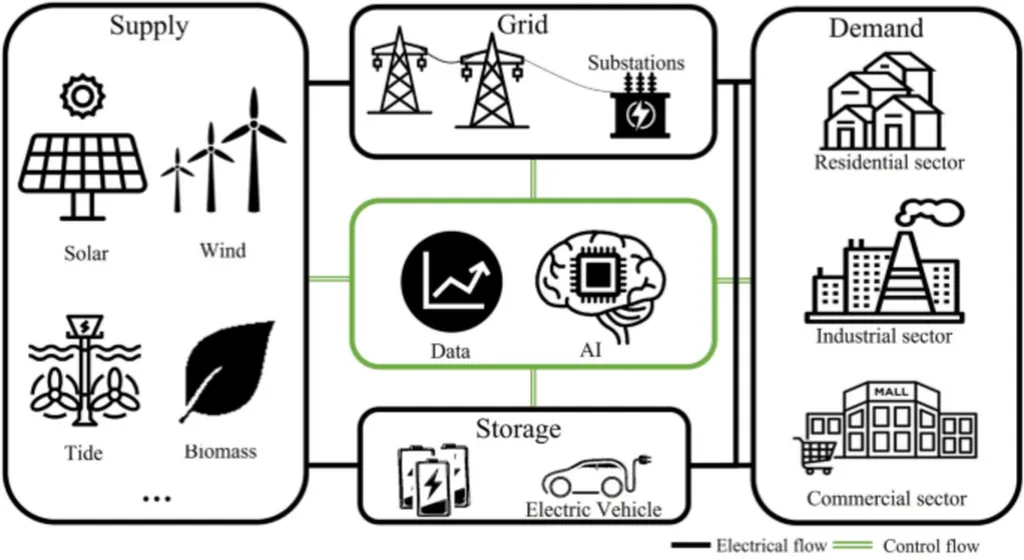In the heart of Minas Gerais, Brazil, a team of researchers led by Maria Fernanda Antunes Collares from the Department of Agricultural Engineering at the Federal University of Viçosa has been delving into the critical issue of groundwater quality. Their recent bibliometric analysis, published in the journal *Acque Sotterranee*—which translates to *Underground Waters*—offers a compelling snapshot of global research trends over the past 25 years, revealing a dynamic shift in how scientists approach this vital resource.
Groundwater is the lifeblood of many regions, particularly where surface water is scarce. Yet, its quality is under constant threat from pollution, over-extraction, and climate change. Collares and her team set out to map the evolution of groundwater research, sifting through 1,686 publications from the Scopus database. What they found was a field in flux, with a notable surge in scientific output—especially in the last decade.
“The most striking trend we observed was the rapid growth in research integrating machine learning and artificial intelligence with traditional hydrological methods,” Collares explains. Before 2014, studies primarily focused on the physicochemical properties of groundwater and their environmental impacts. But post-2014, the landscape shifted dramatically. Keywords like “machine learning,” “groundwater,” and “water quality” began appearing together with increasing frequency, signaling a move toward interdisciplinary approaches.
This shift isn’t just academic—it has real-world implications, particularly for industries reliant on groundwater, including energy. As climate change intensifies and water scarcity becomes more acute, the ability to predict and manage groundwater quality will be crucial. The integration of AI and machine learning could revolutionize how companies monitor and maintain water resources, ensuring sustainability and compliance with environmental regulations.
The study also highlighted the leading nations in groundwater research: China, India, the United States, and Iran. Iran, in particular, stood out for its high rate of international collaboration and significant groundwater consumption. This global perspective underscores the universal importance of the issue and the need for collaborative solutions.
For the energy sector, these findings are a call to action. As water demands grow, so does the need for innovative, data-driven approaches to groundwater management. The research suggests that the future lies in interdisciplinary collaboration—combining geospatial analysis, hydrological modeling, and AI to safeguard this precious resource.
Collares’ work, published in *Acque Sotterranee*, doesn’t just document the past; it points to a future where technology and science converge to solve one of the most pressing challenges of our time. For industries and policymakers alike, the message is clear: the time to invest in smarter, more sustainable water management strategies is now.

